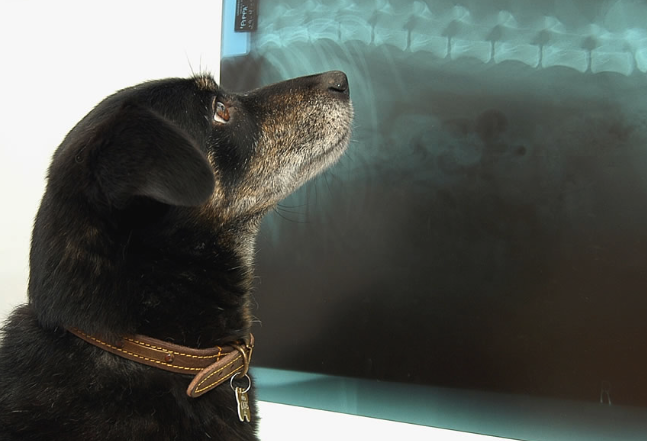Just like us, our beloved fur babies can often fall sick or injured. In the ways we take care of our loved ones, as pet owners, we should aim to give our dogs the same love and treatment. When our pooch is sore or in pain, an x-ray is often one of the easiest methods in determining the issue. Most pet owners don’t know everything about x-rays, and as a great medical tool, it may be important to understand the process.
- Reasons Why Your Dog May Need an X-Ray
X-rays are great medical tools that help your vet identify the reason why your dog isn’t feeling 100%. The best way to know if your dog is ill or in discomfort is by learning their body language. By learning your dog’s body language, you’ll become fluent in their needs. One of the most common reasons why your dog may need an x-ray is if your vet suspects that your dog has suffered a fracture or a broken bone. An x-ray will allow your vet to visually see if your dog’s bone has been damaged. Other common reasons for x-rays are to see if your dog may have orthopaedic issues, foreign objects inside them, surgical follow-ups, pregnancy or serious illnesses such as cancer and tumours. There are many reasons why an x-ray may be needed for your dog and it is always safer to check the issue rather than guess.
- How to Prepare Your Dog for an X-Ray?
For those whose dogs have never had an x-ray before, feelings of fear and hesitation are normal. However, there is no reason to be scared as the x-ray process for dogs is fairly simple, quick and easy. The best way to prepare your pup for an x-ray is to make sure they are calm, as a restless dog may cause difficulties. If your vet has recommended anaesthesia for the x-ray, it is best to follow the pre-visit checklist. It is also important to let your vet know of any previous serious surgeries or illnesses your dog may have had in the past. In general, a dog x-ray takes around 10 minutes to so, depending on the size of your pup and the area in which is being x-rayed and as a pet owner, there is no need to worry.
- The Process
Firstly, the process begins with a plastic cassette being placed underneath the desired area to x-ray. Then, the x-ray will take a set of images of the area on your dog. Depending on how many x-ray images the vet needs will determine how long this process will take. It is vitally important that your dog stay still during the x-ray process. However, this may be difficult for some dogs. Thus, some vets may have to sedate your dog and administer local anaesthetic. The x-ray process is quick and painless for your beloved pet.
- Costs
The costs of dog x-rays can vary depending on multiple factors. The breed of your dog can be a huge determination of the x-ray cost, as bigger dogs are often more difficult to x-ray. The seriousness of the injury can also impact the cost of the x-ray. Aspects that also determine the fee of x-rays include the number of x-rays being done, the location of the x-ray, the fees of the veterinary clinic, whether your dog needs to be sedated, and the urgency of the x-ray. For emergency x-rays, the prices can increase significantly. The average cost of an x-ray can range between $100 and $450. Whilst this price might seem step, the health and wellbeing of your dog is priority.
- Dog X-Rays vs Human X-Rays
Many pet owners often wonder what the difference is between dog x-rays and human x-rays. And the difference is very minimal. The technical procedure is the same, but the differing factors between the two x-ray processes is how the technology is applied. The settings are different as dog’s skin and hair are often thicker than most humans. Vets often must increase the beam setting to gain an accurate of your pooch. The other great difference between dog x-rays and human x-rays is that dog x-rays read differently to human x-ray due to the different anatomy of dogs, their x-rays have great complexity.
- Insurance
Managing your dog’s health and taking care of your dog during emergencies can often come with a huge price tag. From x-ray fees, vet bills, surgery fees and the cost of medicines, these costs can add up. A great way to keep your dog healthy without breaking the bank is taking out pet health insurance. Many pet health insurance policies offer significant discounts or bulk offer for medical procedures, including x-rays and other medical procedures. Pet health insurance is a great way to ensure a safety net if your pup ever falls unwell or ill. As older dogs are more prone to falling ill, this may be beneficial for your dog.

